Learning a new language can be an exhilarating journey, and Spanish is no exception. With the advent of advanced AI tools like ChatGPT, language learners now have a unique opportunity to enhance their skills, particularly in listening comprehension. In this blog post, we'll explore how you can use ChatGPT to improve your Spanish listening skills using podcasts with transcripts.
Step 1: Start with a Summary
Before diving into a podcast, it can be helpful to have a general idea of what it's about. ChatGPT can provide a concise summary of the podcast's transcript. This will give you a clear context before you start listening. Podcasts like El Hilo or Radio Ambulante provide transcripts. Just copy paste it and prompt ChatGPT to give you a summary in bullet points.
Suggested Prompt: "Can you provide a summary of this Spanish podcast transcript? Use bullet points."
Step 2: Identify Key Vocabulary
Depending on your proficiency level, you may need help understanding certain words or phrases in the podcast. ChatGPT can generate a list of key vocabulary from the transcript, tailored to your level. This step is crucial for building your lexicon.
Suggested Prompt: "Please list the key vocabulary from this transcript suitable for an intermediate-level Spanish learner." Just tell ChatGPT which level you are at and it’ll give you more or less vocabulary.
Step 3: Comprehension Questions
After listening to the podcast, it's important to test your understanding. ChatGPT can create comprehension questions based on the transcript. This not only tests your listening skills but also ensures you can recall and use the information you heard.
Suggested Prompt: "Can you create some comprehension questions based on this Spanish podcast transcript?"
Step 4: Check Your Understanding
Once you've answered the questions, you can use ChatGPT to check your answers. This immediate feedback is valuable for understanding your mistakes and learning from them.
Suggested Prompt: "Here are my answers to the comprehension questions. Can you correct them?"
Step 5: Engage in a Dialogue
To further enhance your learning, you can engage in a simulated conversation with ChatGPT based on the podcast's topic. This practice can improve your ability to think and respond in Spanish, as well as helping you improve your writing.
Suggested Prompt: "Let's have a dialogue about the main topics discussed in the podcast. Correct my spelling and grammar. "
Step 6: Summary in Spanish
After completing these steps, ask ChatGPT to provide a summary of the podcast in simpler Spanish. This will help reinforce your understanding and give you exposure to different ways of expressing the same ideas.
Suggested Prompt: "Can you summarize this podcast in simpler Spanish for practice?"
Using ChatGPT in conjunction with Spanish podcasts and their transcripts is a dynamic way to enhance your listening skills, and supplement your learning with an experienced tutor. By preparing with summaries, focusing on key vocabulary, testing your comprehension, and engaging in dialogue, you're not just passively listening but actively engaging with the language. Remember, language learning is a journey, and tools like ChatGPT are here to assist you every step of the way.
At Hackney Spanish we incorporate a wide range of technologies into our classes. Get in touch, to get started today!

